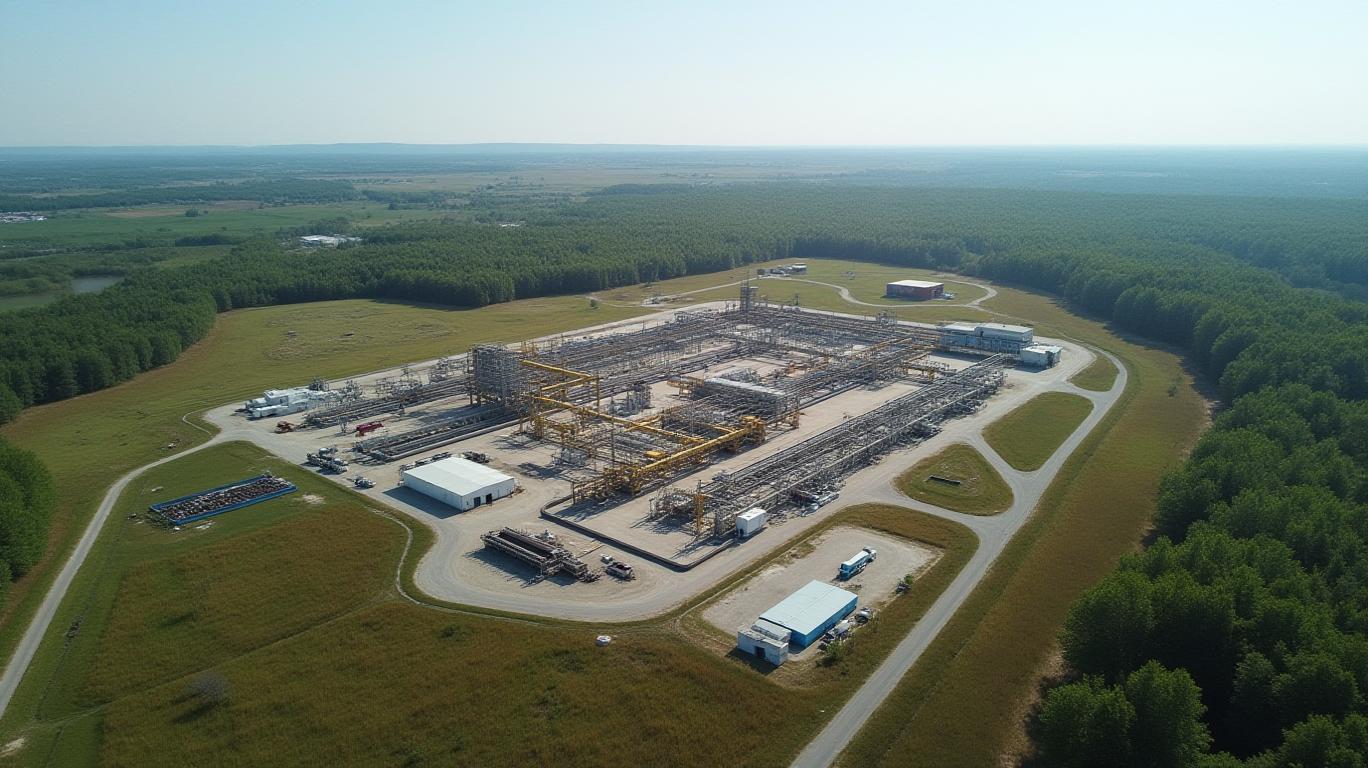Tether Deploys Bitcoin Mining Hashrate Through OCEAN Mining For Decentralization
Tether, the company behind the widely used stablecoin USDT, has announced a significant strategic move in the cryptocurrency mining sector. On April 14, Tether revealed that it will be deploying its current and future Bitcoin (BTC) mining hashrate through OCEAN Mining. This decision is part of Tether's broader strategy to enhance its operational mining infrastructure and support decentralization in Bitcoin mining, particularly in regions with limited internet capacity.
The deployment will leverage OCEAN’s Decentralized Alternative Templates for Universal Mining (DATUM) Gateway protocol. DATUM is designed to facilitate low-latency, high-throughput mining activities across various geographies, making it ideal for regions with constrained internet connectivity. Tether’s CEO, Paolo Ardoino, emphasized the importance of this protocol in meeting the company’s internal requirements for performance and independence, especially in areas where network connectivity is a challenge.
Ardoino stated, “We see supporting decentralization in Bitcoin mining as essential to the network’s long-term integrity.” This sentiment underscores Tether’s commitment to contributing to the durability of the Bitcoin network’s base layer. OCEAN Mining, launched by Bitcoin Core developer Luke Dashjr, is a decentralized mining pool that aligns with Tether’s goals of promoting decentralization and network neutrality.
Tether’s mining operations on OCEAN are part of its ongoing initiatives in Africa, where the company has been investing in infrastructure and user education. Recently, Tether partnered with a Nigerian crypto platform to promote digital asset literacy across multiple countries on the continent. Through these efforts, Tether aims to broaden access to Bitcoin-related tools in regions that have historically been underserved by financial infrastructure. The company’s statement confirmed that OCEAN deployments in Africa will include on-site deployment of block template software, enabling local, autonomous participation in Bitcoin mining.
The integration of the DATUM Gateway protocol will extend to Tether’s international mining footprint, including newly established operations in underserved rural regions across Africa. The software’s ability to aggregate rig connections under constrained bandwidth conditions ensures that mining operations remain competitive regardless of location. Tether’s VP of Mining and Energy, Giv Zanganeh, noted that the adoption of OCEAN followed “months of deep technical evaluation.” He highlighted that the DATUM protocol’s modular architecture offers the operational flexibility necessary for Tether’s decentralized mining strategy.
DATUM allows miners to bypass the default block construction processes managed by centralized pools, giving them control over transaction selection. This means miners can create their own block templates with their nodes without needing third-party servers, further promoting decentralization. OCEAN’s leadership welcomed Tether’s participation, with Dashjr stating that the deployment “reinforces the importance of censorship-resistant mining protocols.” Mark Artymko, OCEAN’s president, added that Tether’s involvement affirms the pool’s commitment to network neutrality and open access to Bitcoin infrastructure.
This strategic move by Tether reflects its recent focus on integrating industrial operations with regional economic engagement strategies. By combining physical infrastructure deployment with direct community outreach, Tether aims to support the growth and decentralization of the Bitcoin network, particularly in regions where access to financial tools has been limited. This initiative not only enhances Tether’s mining capabilities but also contributes to the broader goal of making Bitcoin mining more accessible and decentralized globally.











